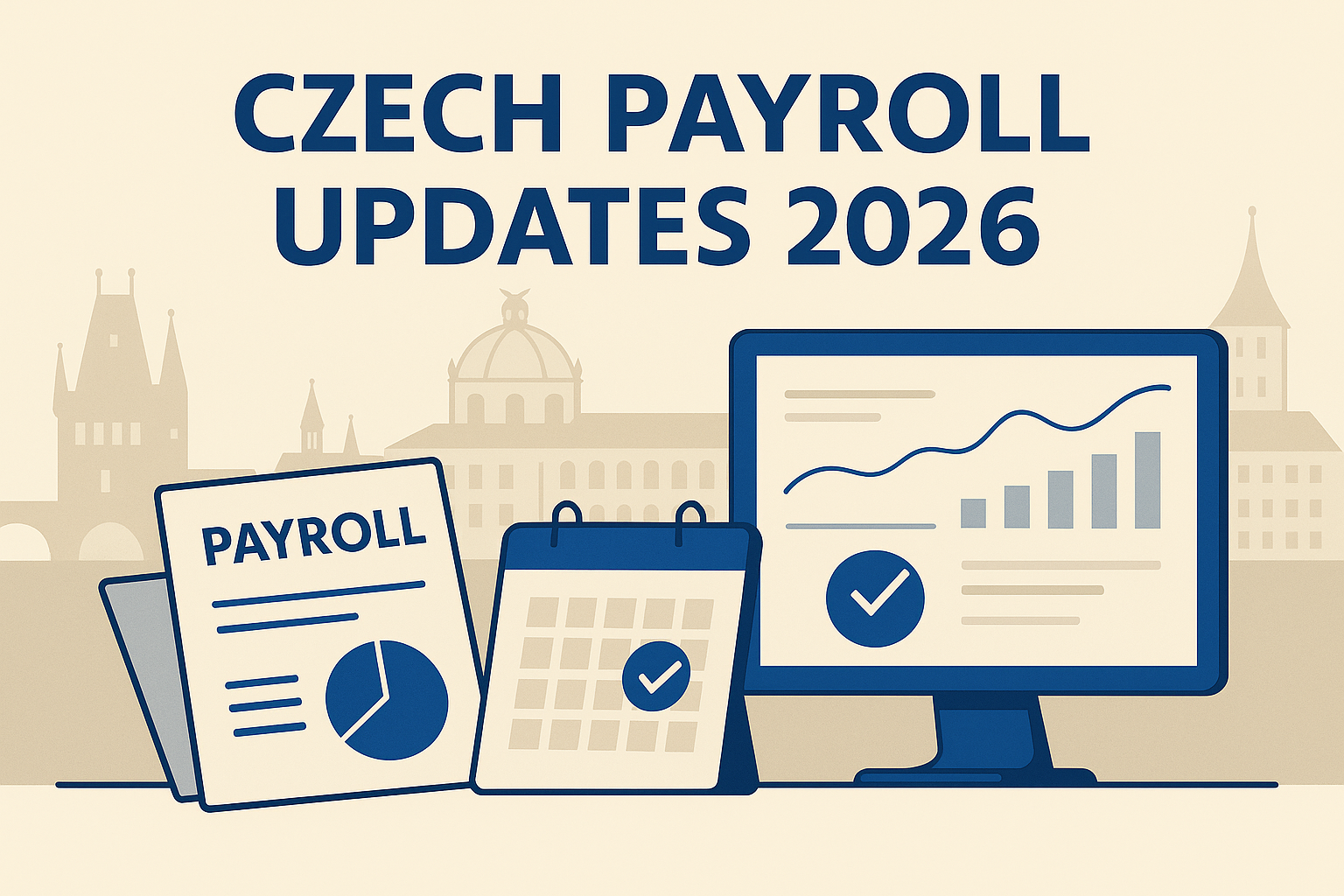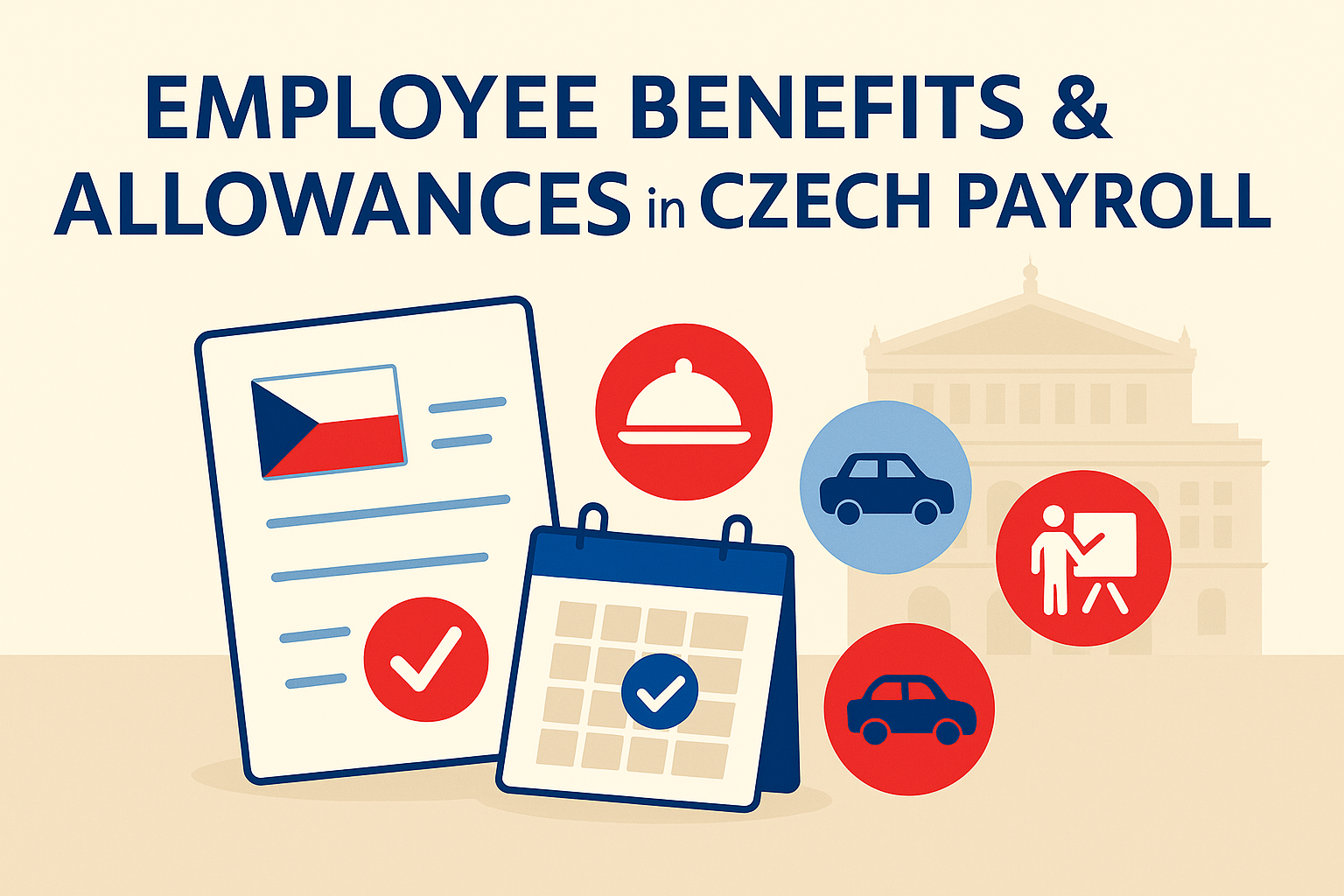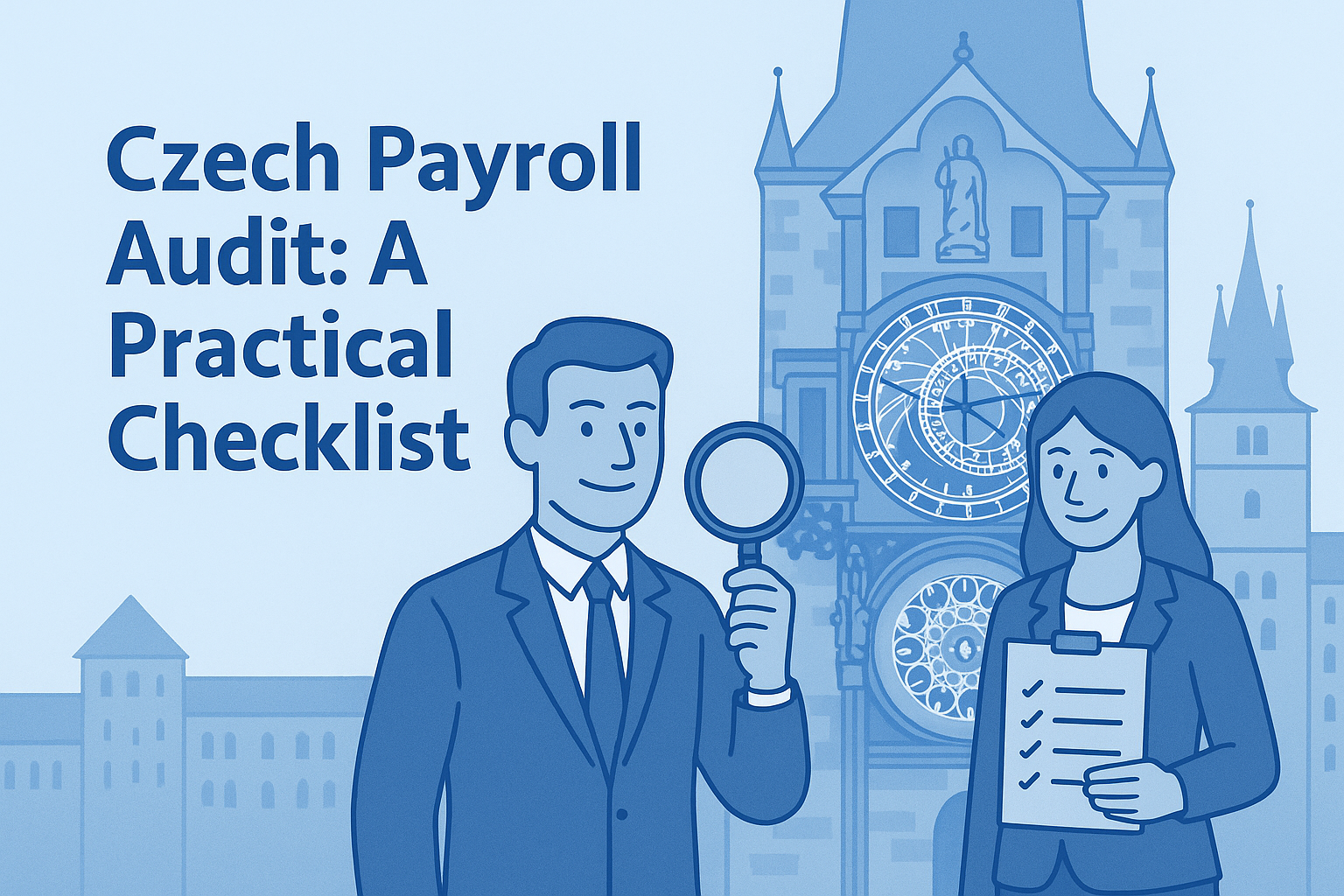1) Unified Monthly Employer Report
From 2026, employers are expected to submit one consolidated monthly report instead of multiple submissions to different authorities. The change should streamline administration but raises the bar on data quality, reconciliation, and error handling.
- Map data fields: list every field currently reported to social security, health insurance, and tax; define the system of record and validation logic.
- Unify identifiers: align employee IDs, insurer codes, and payer references across HR, time, and payroll systems.
- Retro rules & approvals: set a monthly cut-off, a retro window, and an approval path; keep an audit trail of corrections.
- Vendor alignment: secure your vendor’s 2026 interface specs and a test window; prepare sample files (new hire, bonus, retro, termination).
2) Social Insurance & Tax Watchpoints
When official 2026 parameters are confirmed, review your configuration before January payroll:
- Assessment base caps & rates: update tables, payslip wording, and employee communications.
- Bonus timing: avoid unexpected cap crossings mid-year that change employee net and employer cost.
- Health insurance minimum base: ensure top-ups in low-income or absence months are applied correctly.
- DPP/DPČ thresholds: configure alerts for threshold crossings so contributions and tax switch at the right time.
2a) Minimum Wage 2026 — Practical Implications
A 2026 minimum wage change (if confirmed) has direct payroll effects that HR and payroll teams must reflect in systems, communication, and budgeting. Even a modest rise influences several downstream calculations:
- Health insurance minimum base: the minimum assessment base equals the statutory minimum wage. If the minimum wage increases, the required top-up for low earnings increases too. Build a control to flag months where a top-up is due.
- Guaranteed wage levels: review job families mapped to guaranteed wage categories; adjust pay bands where the new minimum compresses the lower steps.
- Overtime & supplements: if the base pay moves up, overtime premiums and certain supplements (calculated from base) may rise accordingly.
- Gross-to-net examples & budgets: update your internal examples, offer letters, and budgeting templates so hiring managers quote the right totals.
- Vendors & templates: confirm that the minimum-wage-driven parameters are updated in payroll software and in standardized HR templates.
Tip: Publish a brief employee FAQ explaining why some net pays change in January (cap usage, minimum base top-ups, minimum wage effects).
3) EU Pay Transparency Directive
With implementation due by mid-2026, prepare both external and internal changes:
- Job ads: include salary ranges and objective progression criteria in reusable templates; keep wording consistent across channels.
- Internal pay bands: document criteria, exception handling, and audit readiness for spot checks.
- Gender pay gap reporting: define datasets, cohorts, and approvals; schedule analysis and remediation reviews.
- Manager training: equip managers to communicate ranges and criteria consistently and confidently.
4) Q4 2025 Readiness Checklist
- Run a data quality audit (identifiers, insurers, residency, contract type, caps, minimum base).
- Collect 2026 vendor specs and block a test window; prepare edge cases (retro, mid-month changes, multiple contracts).
- Document month-end close: cut-off, retro window, approvers, changelog retention.
- Update job ad templates and internal pay documentation for transparency rules.
- Prepare employee comms (what changes in January and why: caps, minimum base, minimum wage impacts).
Need a clear, practical handbook?
Get the Czech Payroll Guide — plain-English explanations, checklists, and worked examples to keep your payroll compliant in 2026.
5) Common Mistakes to Avoid
- Late field mapping: leaving the data dictionary until December invites mismatches and report rejections.
- No cap monitoring: missing the month an employee hits the social security cap leads to over-deductions and corrections.
- Minimum base/top-up gaps: not applying health insurance top-ups after a minimum wage increase creates arrears.
- Inconsistent job ads: ranges and wording must match across platforms to meet transparency requirements.
Disclaimer: This article provides general information only. Always verify official rates, limits, and technical specs before processing payroll.


